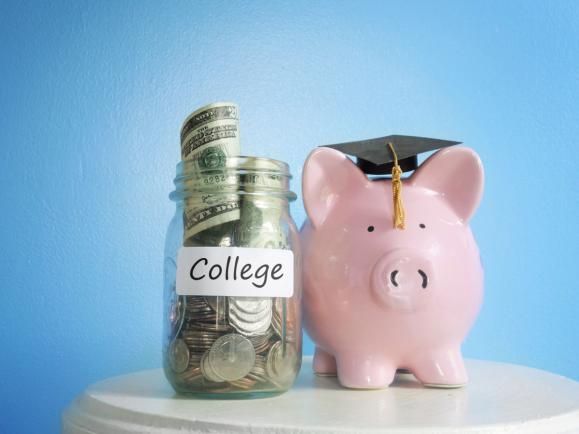
Fall semesters have kicked off at universities across the nation. Still, a recent survey said most students are uncertain about how to afford their degree. A survey from ScholarshipOwl revealed that almost all students, 92 percent, worried they wouldn’t have enough money to pay for their tuition, and many planned to use a combination of debt-free ways to pay for their education.
For example, according to the survey, 91 percent said they applied for scholarships in the summer to help fill funding gaps. Among the other debt-free ways that students plan to use to pay their tuition are on-campus or near-campus part-time job income and summer job savings. Almost one-third plan to get a side hustle, like driving for a ride-sharing app or food delivery service, dog walking, freelancing, or handy person tasks to generate income to help pay college expenses.
Simultaneously, 26 percent plan to ask their parents or family for financial assistance. However, some students plan to take on debt to pay for school. Thirty-three percent said they’ll use federal student loans, and 21 percent said they’ll use private student loans. Almost 12 percent said their parents would take out loans to cover their college expenses. ScholarshipOwl said, “The survey results indicate that Gen Z students are aware of the multiple avenues they can access to be able to cover college costs.”
They continued, “The good news is that they’re primarily focused on sources that don’t have to be repaid (federal and state grants, scholarships, income from employment). That said, over one-third of them plan to take out student loans, even if they also have non-loan funding sources.” Relying on student loans comes as the landscape for student loan forgiveness constantly shifts. Earlier this year, the U.S. Supreme Court shot down President Biden’s plan to forgive up to $10,000 in federal loans per borrower making less than $125,000 a year.
Following this decision, the Department of Education announced changes to its income-driven repayment plans that could forgive up to $39 billion in federal student loan debt. According to a statement from the White House, under the Saving on a Valuable Education, or SAVE plan, borrowers could see monthly payments lowered to zero dollars, monthly costs cut in half, and those who make payments could save almost $1,000 a year. According to the Department of Education, the plan calculates the monthly payment amount based on a borrower’s family size and income.
That means that for those earning $32,800 a year or less, translating to roughly $15 an hour, their monthly payment would immediately drop to $0. Additionally, borrowers with an original balance of $12,000 or less will receive forgiveness for any remaining balance after making 10 years of payments, with the maximum repayment period before forgiveness rising by one year for every additional $1,000 borrowed. Students going to college could also see how much money they receive in Pell Grants increase and their spending on loan interest payments decreases if a recently proposed bill passes.
The Student Loan Interest Elimination Act, introduced by Rep. Joe Courtney of Connecticut and Sen. Peter Welch of Vermont, would refinance the interest rate of all existing federal student loans to zero percent and cap interest rates for future borrowers. Students may be worried about how they’ll pay for their education, but at least there are some non-loan ways to pay for college.

